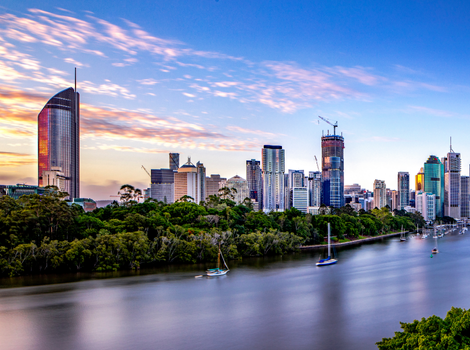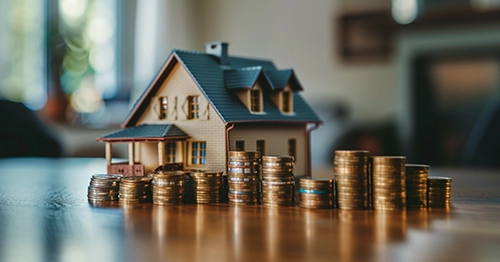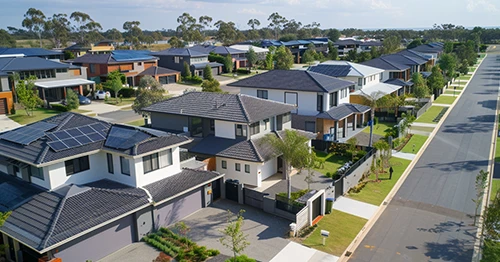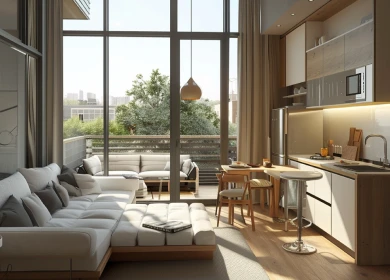Updated: 26 Dec, 2024
A Resilient Recovery and Emerging Trends
CoreLogic’s Home Value Index rose 0.7% in July, marking the fifth consecutive increase in the housing recovery. Since hitting a low in February 2023, the national home value index has gone up by 4.1%, following a fall of 9.1% from the record highs in April 2022.
Nationally, home values were still 5.3% below the peak observed last April. However, in July 2023, Perth, Adelaide, and Regional South Australia recorded a cyclical high in dwelling values.
Slower Growth
The rate of growth has lost momentum over the past two months, slowing from 1.2% in May 2023.
Tim Lawless, CoreLogic’s Research Director, noted, “After leading the upswing, the monthly pace of Sydney housing values has halved, from a recent high of 1.8% in May to 0.9% in July. Sydney has also seen a significant rise in the number of fresh listings added to the market – 9.9% higher than the same time last year and 18.0% above the previous five-year average. An increased flow of new listings provides more choice and may be working to reduce some of the urgency felt among prospective buyers.”
Brisbane and Adelaide led the month’s pace of growth across the capitals, with house values rising 1.4% in both cities. Canberra was the only capital city to experience a decline, of 0.1%, while Hobart’s values remained unchanged.
The slowdown in growth was driven by an easing in the gains across the upper quartile of the market. The growth in the upper quartile of the combined capitals index fell from 1.8% in May to 0.7% in July, while the lower quartile and broad middle of the market remained resilient at 1% and 0.9%, respectively.
Regional values still lagged behind the capitals, as combined regional values rose by only 0.2%, compared with a 0.8% increase across the combined capitals index. The largest rises in regional housing values over the three months ending in July were in the Gold Coast (4%), the South East region of Tasmania (3.1%), and the Newcastle/Lake Macquarie region (3%).
The weakest conditions were in Regional Victoria, where values fell by 3.7% in Bendigo, and 2.3% in Shepparton and the Warrnambool/South West region.
Property Market Highlights
Here’s what happened to Australia’s housing market in July 2023.
- The flow of new listings added to the capital cities increased by 3.9% over the four weeks ending on 30 July.
- Despite the increase in new listings, overall capital city advertised stock levels were 18.3% below the same time last year and 23.3% below the five-year average.
- National sales were estimated to be 2.2% above the five-year average over the rolling quarter, with capital city sales tracking 5.2% above the five-year benchmark and regional sales tracking 2.9% below the five-year average.
- The national rental index increased by 0.6%, marking the 35th consecutive month of increases but the smallest rise since December 2021. Rent growth has slowed most in regional areas of Australia, where rents increased by only 0.2% in July, the lowest monthly rise since June 2020.
- Regional vacancy rates grew to 1.6% in July, from a low of 1.3% in early 2022. However, regional vacancy rates were still well below the decade average of 3.2%.
- Capital city growth in rents recorded a 0.8% rise, the lowest monthly rise since December last year.
- The unit sector experienced the strongest rental conditions, with rents up 2.9% nationally over the three months to July, compared with a 1.9% rise in house rents. The unit markets of Perth, Melbourne, and Brisbane experienced the fastest rate of growth in rents over the rolling quarter, at 4.3%, 4%, and 3.8%, respectively.
- The largest declines in rents over the rolling quarter were in Regional NT; house rents there were down 6.4% over the past three months. Also, Hobart’s house rents were down 2.2%, and unit rents were 2% lower.
- Since January 2022, the unit sector in capital cities has experienced a higher rate of appreciation than houses, possibly due to its affordability, increased demand, and supply constraints.
Australia’s Housing Market Outlook
The housing market remained resilient to a double-dip downturn as housing values trended higher across most regions of Australia. The trend in advertised stock remains a key factor in determining housing market outcomes. The low levels of advertised supply have helped keep a floor on housing prices and supported market recovery. Lawless explained, “With an increase in the flow of fresh listings coming to the market, we could gradually see the supply side becoming more balanced if housing demand doesn’t pick up at the same pace.”
On the demand side, there was evidence of homebuyers being more active, as housing finance data revealed in May that the number of home loan commitments was the highest since August of the previous year. With inflation lower than expected for the June quarter, the interest-rate cycle is at or near a peak, which should lift customer sentiment.
A significant rise in mortgage defaults is unlikely due to the outlook of the labour markets. Forecasts from the RBA put the unemployment rate at 4% by the end of the year and 4.25% by mid-next year, which is below the decade average of 5.4%. Net overseas migration is expected to hold above-average levels over the coming years, which would support housing demand as dwelling approvals remain low.
However, even with rates potentially stabilising, borrowers could still be yet to experience the full extent of the hikes, as variable rates follow the cash rate with a lag. The transition rate of more than 800,000 home loans from low fixed rates to variable rates of about 6% or higher is currently moving through a peak.
Many forecasters believe the cash rate won’t come down until the second half of 2024.







